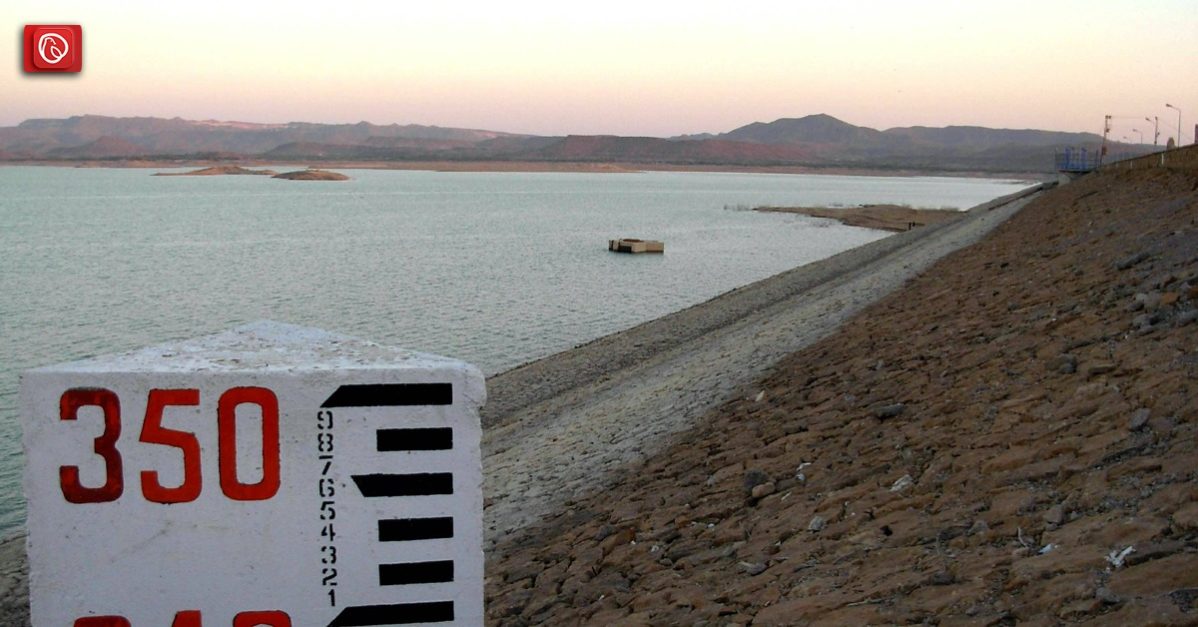
There are many major dams in Pakistan that play an integral role in the country’s economy. This includes the Hub Dam, which is built over the Hub River and serves multiple purposes.
In this blog, Graana.com discusses everything you need to know about the dam, and how you can plan a visit there.
The construction of the dam started in September 1963 and was completed in July 1981, after 18 years of continuous efforts. The primary purpose of the dam was to regulate the water flow of the Hub River, prevent floods, provide water to the industries near Karachi, provide irrigation water to Lasbela and Karachi, and serve as a storage reservoir in the river.
Hub Dam is one of the most popular tourist destinations in Pakistan, attracting thousands of visitors every year. The dam is located about 60 km from Karachi, and is open from 8:00 AM to 5:00 PM. The total storage capacity of the dam is 857000-acre feet, covering an area of 24300 acres on the border of Sindh and Balochistan.
The best time to visit the dam depends on various factors, such as the weather and water levels. The winter season (from November to February) would, in that case, be the ideal time to visit as that is when the weather is pleasant and comfortable.
The temperature ranges from 15 to 25 degrees Celsius, making it perfect for outdoor activities. The clear skies and mild weather also offer the chance to take part in bird watching, making it a popular spot for bird enthusiasts. During this time, migratory birds such as pelicans, flamingos, and ducks can be spotted nearby.
Another great time to visit is during the monsoon season, from July to September. This is when the dam is at its full capacity, and the waterfalls created by the overflow of water are a sight to behold. The surrounding hills and landscapes are lush green, and the weather is cool as well. However, it is advisable to avoid visiting during heavy rainfall as the roads leading to the dam may get damaged.
If you prefer to avoid the crowds, you can visit during the off-season, from March to June. It is an ideal time for fishing and boating activities as there are fewer people around, and you can enjoy the scenic beauty of the area in peace.
Here are some of the major features of the dam:
Hub Dam is the third-largest dam in Pakistan, making it a popular attraction among the locals and tourists.
The dam is surrounded by mountains and greenery, making it a perfect spot for photography.
The dam is the primary source of drinking water for the city of Karachi. It is also used for water irrigation in the Lasbela district.
The Hub Dam Wildlife Sanctuary is a protected area, as declared by the Sindh government in 1974. It is a unique ecosystem that is home to various exotic wildlife species, and serves as a vital habitat for migratory birds during the colder months of the year.
The area is home to numerous plant species, including Acacia nilotica, Tamarix aphylla, Prosopis juliflora, and Ziziphus mauritiana. These plants provide food for a variety of wildlife species, including mammals, birds, and reptiles.
The sanctuary is home to several mammal species, including the Indian grey mongoose, jungle cat, desert hare, Indian pangolin, blackbuck, and Indian gazelle. If you’re lucky, you might also spot the Indian wolf or the striped hyena.
The Hub Dam Wildlife Sanctuary is home to over 200 bird species. This includes the black-winged stilt, little egret, Indian pond heron, common coot, shoveler, and Eurasian wigeon. During the winter months, the sanctuary also hosts a large number of migratory birds, such as the greater flamingo, black-tailed godwit, and common greenshank.
It is also home to several reptile species, including the Indian cobra, Indian rock python, saw-scaled viper, and the spiny-tailed lizard. The latter is a unique species, found only in the arid regions of Pakistan and India.
The sanctuary is not only a haven for wildlife but also plays a crucial role in maintaining ecological balance. It serves as a carbon sink, absorbs pollutants, and prevents soil erosion.
If you’re planning a trip to Hub Dam, a visit to the wildlife sanctuary should be on your list of things to do. You can explore it by taking the hiking trails there or by hiring a local guide who can show you around. However, visitors should follow the rules and regulations of the sanctuary to ensure the safety of the wildlife.
Hub Dam is a perfect tourist spot that you should visit if you’re near Karachi. For information on similar blogs like list of dams in Pakistan, visit Graana.com.
About 90 kilometers south of Multan, Jalalpur Pirwala is a city and tehsil capital housing…
ISLAMABAD: Chaudhry Muhammad Ali Randhawa, the newly appointed Chief Commissioner of Islamabad, wasted no time…
Keti Bunder was formerly a bustling port city and is currently a taluka in the…
Located in a buzzing part of lively Faisalabad, Millat Chowk is more than just a…
Matiari, a district in Sindh province rich in history and culture, is well-known for its…
The Indus Highway, officially called National Highway 55 (N-55), is a 1264 km two—to four-lane…